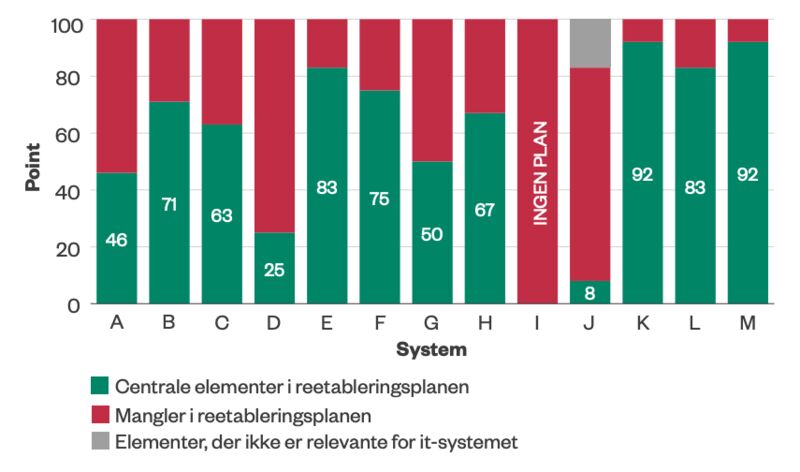“Gradually, then suddenly.” That’s Mike explaining how he went bankrupt, in Hemmingway’s immortal voice. It’s also how cryptocurrency exchange FTX collapsed. And it’s how usage of your IT systems declines.
It happens all the time that users suddenly defect en masse from a product that used to be popular. For a while, the vendor gets away with offering a slightly worse product and charging a little bit more. Inertia and the inconvenience of switching means that for a long time, users will only slowly trickle away. But unless the vendor changes course, they reach an irreversible tipping point where their product usage crashes.
It can happen to your IT even if you don’t sell your software. When the database gets slower and slower, or the sign-in procedure becomes more and more cumbersome. One day you will realize that your users are running the business with no security and no backup in Smartsheet and Excel…










